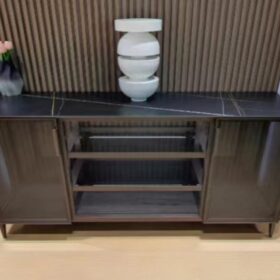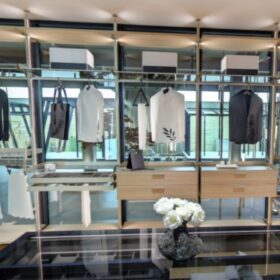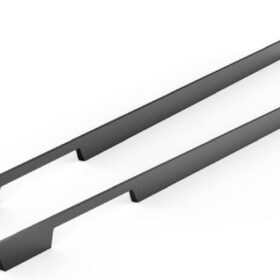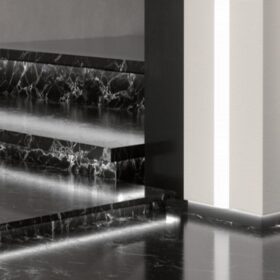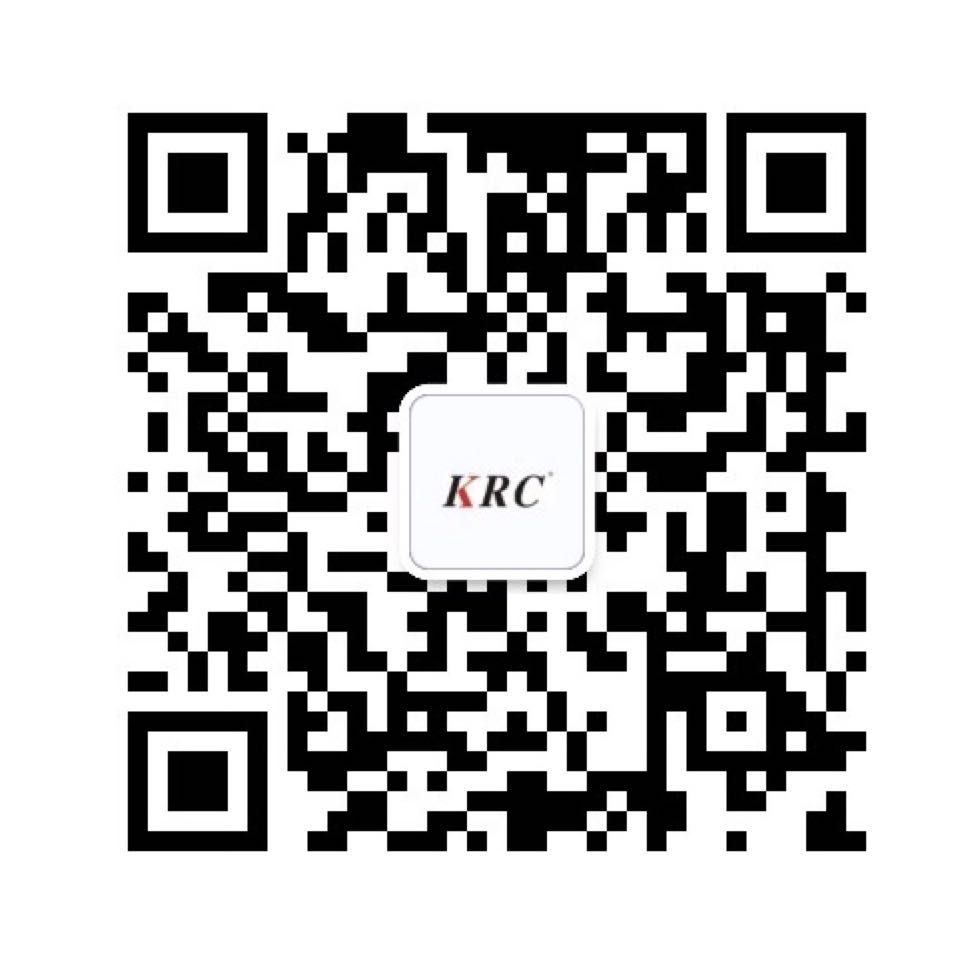The Evolution of Aluminum Shutter Profiles in Modern Architecture
In the tapestry of architectural design, aluminum shutter profiles have emerged as a transformative thread, weaving a delicate balance between aesthetics and functionality. Their journey through the annals of modern architecture is a testament to their versatility and enduring appeal.
The advent of aluminum, with its inherent lightness, corrosion resistance, and malleability, heralded a revolution in shutter design. Initially, traditional louvered and fold-away shutters prevailed, but as architects pushed the boundaries of innovation, more intricate and architecturally significant profiles began to emerge.
In the 1950s, architects such as Le Corbusier and Oscar Niemeyer embraced the expressive potential of aluminum shutters. They experimented with blade profiles that resembled ribbons or fish scales, creating dynamic facades that played with light and shadow. The emphasis shifted from mere practicality to an integration of the shuters as architectural elements, shaping the overall aesthetic of the building.
Advancements in manufacturing techniques further fueled the evolution of aluminum shutter profiles. Extrusion and cold forming enabled the production of complex shapes with increased precision and reduced cost. As a result, architects had access to a wider range of options, from curved and perforated blades to intricate decorative motifs.
The environmental consciousness of the late 20th century brought about a renewed focus on sustainability. Aluminum shutters, with their inherent recyclability and low maintenance requirements, became a preferred choice for architects seeking environmentally responsible solutions. They provided natural ventilation and shading, reducing the need for artificial lighting and air conditioning.
Today, aluminum shutter profiles continue to evolve, driven by advancements in both materials science and design software. Architects can now create custom profiles that seamlessly integrate with the building envelope, enhancing both its aesthetic and functional performance. The use of anodized finishes, powder coatings, and other treatments allows for a wide range of colors and textures, further expanding the design possibilities.
The evolution of aluminum shutter profiles in modern architecture is a testament to the transformative power of innovation. From humble beginnings as functional elements, they have become essential tools for architects, enabling them to express creativity, enhance sustainability, and shape the urban landscape. As technology continues to advance, the possibilities for aluminum shutter profiles are limitless, promising to inspire and captivate for generations to come.
-
2024-11-29Top Trends in Modern Kitchen Cabinet Pulls for 2024
-
2024-11-28The Ultimate Guide to Modern Kitchen Cabinet Pulls- Materials, Styles, and Tips
-
2024-11-27Elevate Your Kitchen Design with These Must-Have Modern Cabinet Pulls
-
2024-11-26Sleek and Stylish- The Best Modern Kitchen Cabinet Pulls for a Contemporary Look




